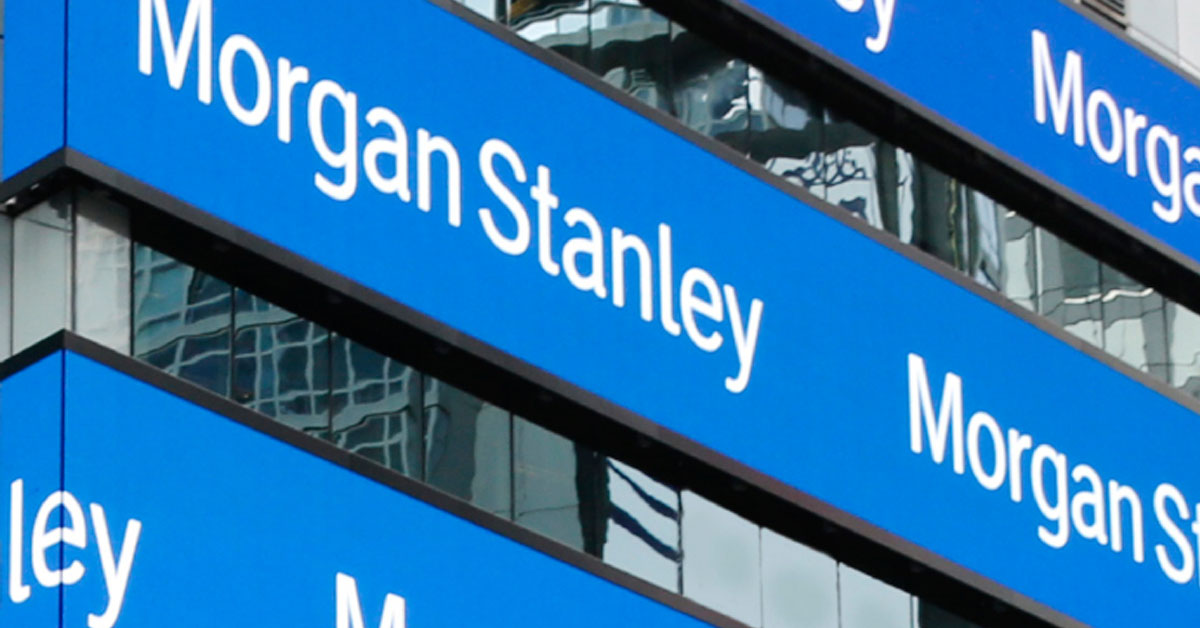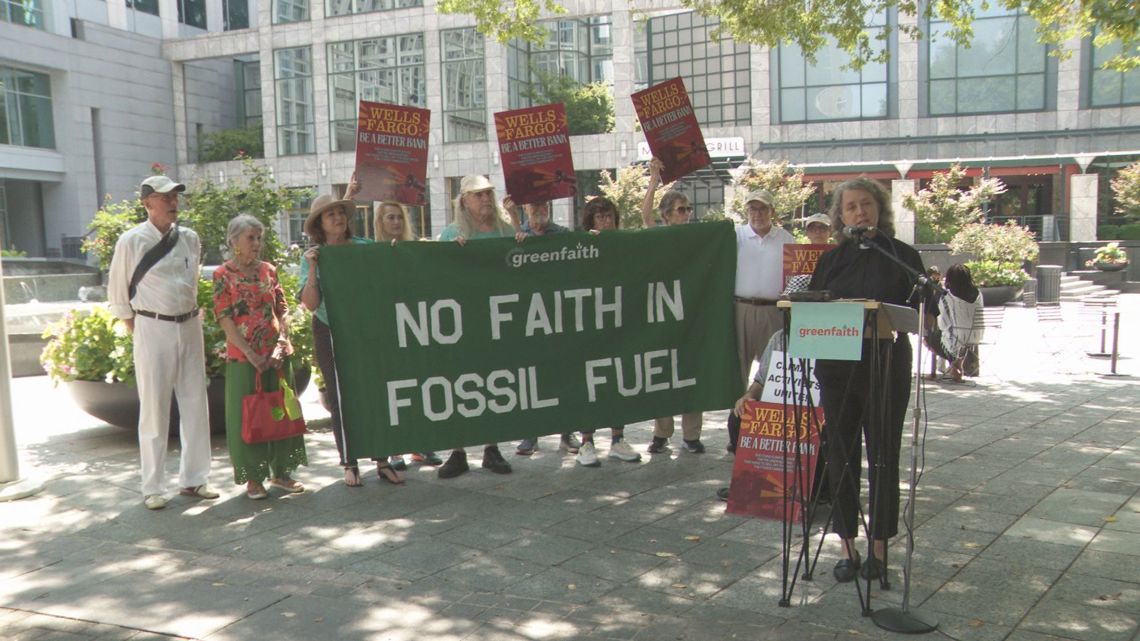In the evolving landscape of the Trump Trade Era, Goldman Sachs has emerged as a strategic alpha generator, leveraging its private credit business, regulatory tailwinds, and policy-driven market dynamics to outperform peers. As the firm navigates a pro-growth policy environment and capitalizes on structural shifts in credit markets, its ability to deliver superior risk-adjusted returns is becoming increasingly compelling for investors.
Private Credit: A Cornerstone of Competitive Advantage
Goldman Sachs’ private credit division has grown into a $130 billion juggernaut, managing over 600 investment positions globally. This scale, combined with its ability to structure tailored debt solutions—such as delayed drawdowns, bespoke covenants, and multi-currency loans—positions the firm to outperform traditional lenders. The firm’s focus on senior lending to market leaders in sectors like software and healthcare ensures resilience during economic downturns, as these borrowers typically boast strong cash flows and pricing power.
The firm’s recent Climate Credit strategy, launched in March 2025, further underscores its innovation. By targeting climate transition industries, Goldman Sachs is addressing a $1 trillion gap in private debt capital while aligning with global sustainability trends. This strategy has already secured $1 billion in institutional equity, reflecting robust demand for ESG-aligned credit solutions.
Regulatory Tailwinds: Democratizing Access and Expanding Capital Flows
Trump’s 2025 Executive Order to democratize access to alternative assets in 401(k) plans has created a regulatory tailwind for Goldman Sachs. By allowing individual investors to allocate retirement savings to private credit, the firm gains access to a broader pool of capital. This shift aligns with Goldman’s partnerships with public asset managers to build hybrid products that integrate private and public market strategies, enhancing diversification for investors.
Additionally, the Basel III Endgame’s stricter capital requirements for banks are pushing credit risk onto private credit managers. U.S. banks like Bank of America and Wells Fargo are now issuing Significant Risk Transfer (SRT) deals to offload risk, creating a $50 billion opportunity for firms like Goldman Sachs to intermediate these transactions. This regulatory-driven shift is likely to accelerate the firm’s growth in non-bank credit solutions.
Policy Environment: Deregulation, Tax Cuts, and Trade Uncertainty
Trump’s deregulatory agenda has reduced compliance burdens for private lenders, enabling faster execution of deals. Tax cuts for corporations and small businesses have also spurred M&A activity, with larger firms borrowing to acquire smaller, strategic targets. Goldman Sachs’ private credit platform has invested over twice the amount in 2024 compared to 2023, reflecting this surge in demand.
While trade tensions and tariffs introduce volatility, they also create opportunities. Goldman Sachs’ focus on floating-rate loans and inflation-hedging strategies positions it to benefit from higher interest rates and supply chain reshaping. The firm’s ability to provide flexible financing during periods of economic uncertainty—such as the 2023 regional bank crisis—further cements its role as a critical capital provider.
Investment Thesis: A Strategic Alpha Play
Goldman Sachs’ unique positioning in the Trump Trade Era is underpinned by three pillars:
1. Scale and Innovation: Its $130 billion private credit AUM and product diversification (e.g., Climate Credit, SRTs) ensure sustained growth.
2. Regulatory Synergy: The 401(k) Executive Order and Basel III reforms are expanding its client base and capital access.
3. Policy Resilience: Deregulation and tax cuts are fueling demand for alternative credit, while trade uncertainty highlights the defensive nature of its senior lending.
For investors, Goldman Sachs represents a compelling long-term play. Its disciplined underwriting, focus on high-quality borrowers, and alignment with macroeconomic tailwinds make it a rare combination of growth and stability. As private credit becomes a cornerstone of institutional portfolios, the firm’s ability to scale and innovate will likely drive outperformance against peers.
Conclusion: Positioning for the Future
In a market where regulatory and policy shifts are reshaping capital flows, Goldman Sachs has positioned itself as a strategic alpha generator. By harnessing the power of private credit, regulatory tailwinds, and Trump-era policies, the firm is not only navigating the current environment but also building a durable competitive advantage. For investors seeking exposure to a company that thrives in both growth and volatility, Goldman Sachs offers a compelling case for inclusion in a diversified portfolio.
Source: ainvest.com







